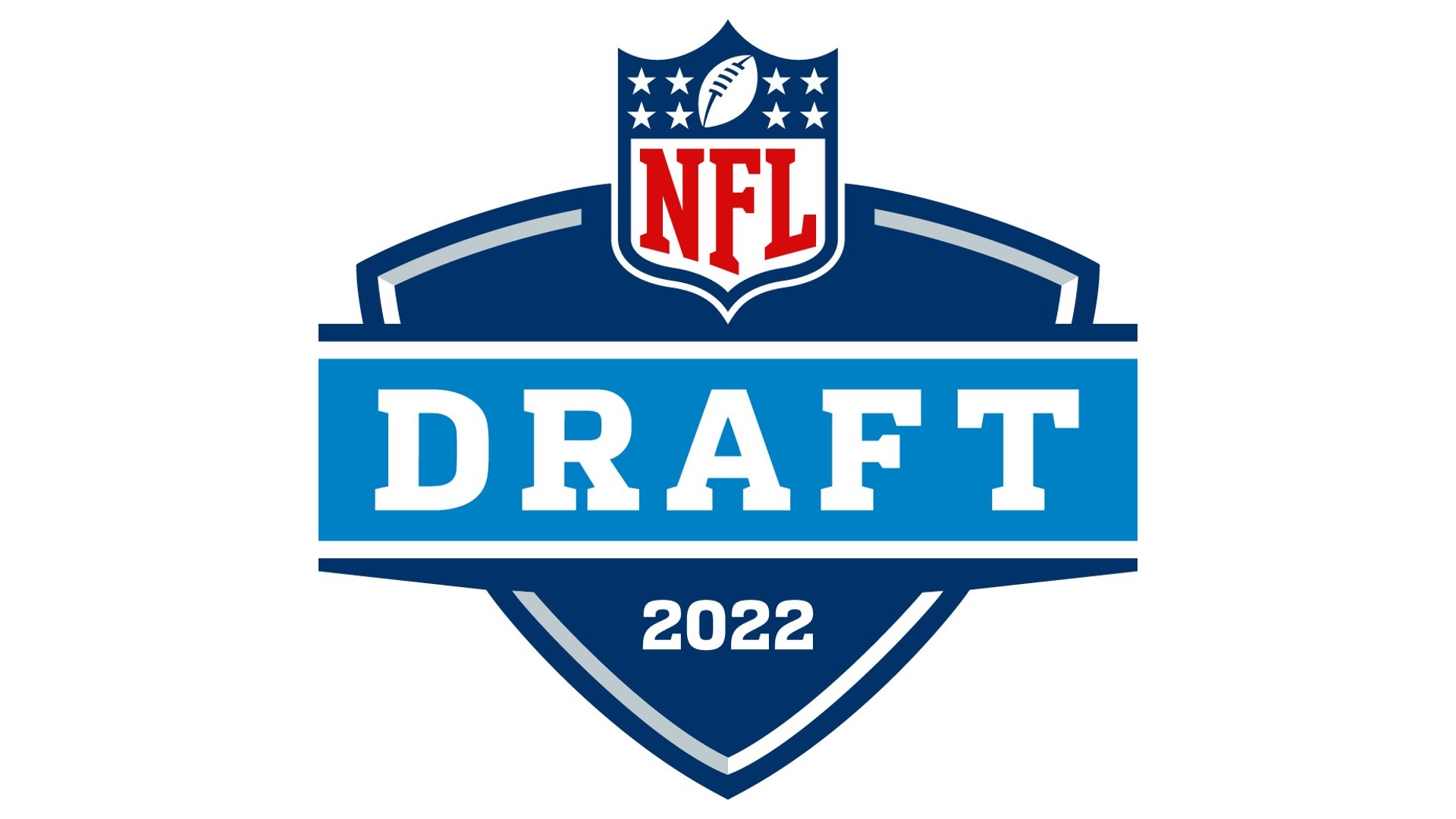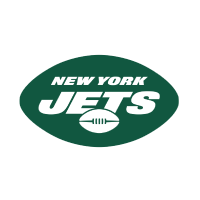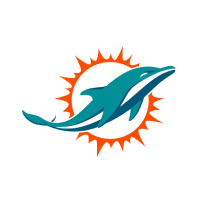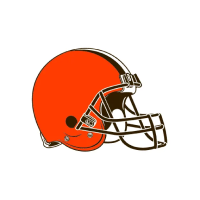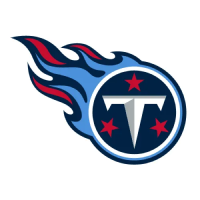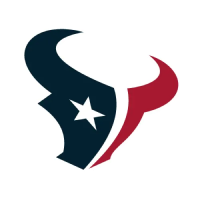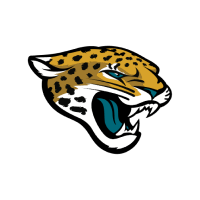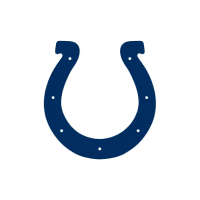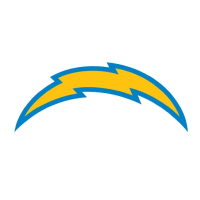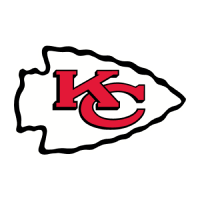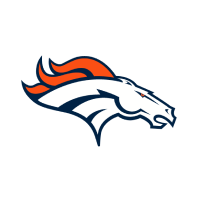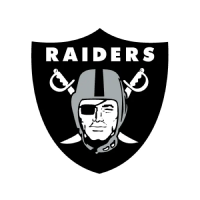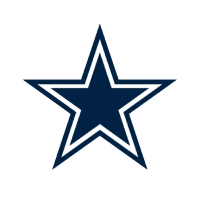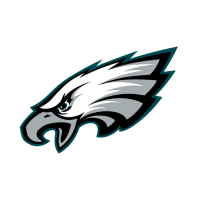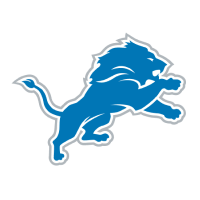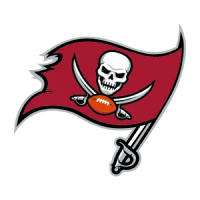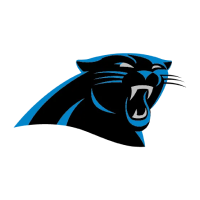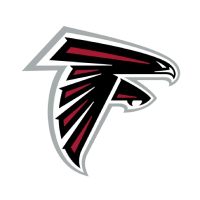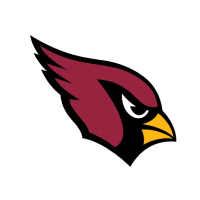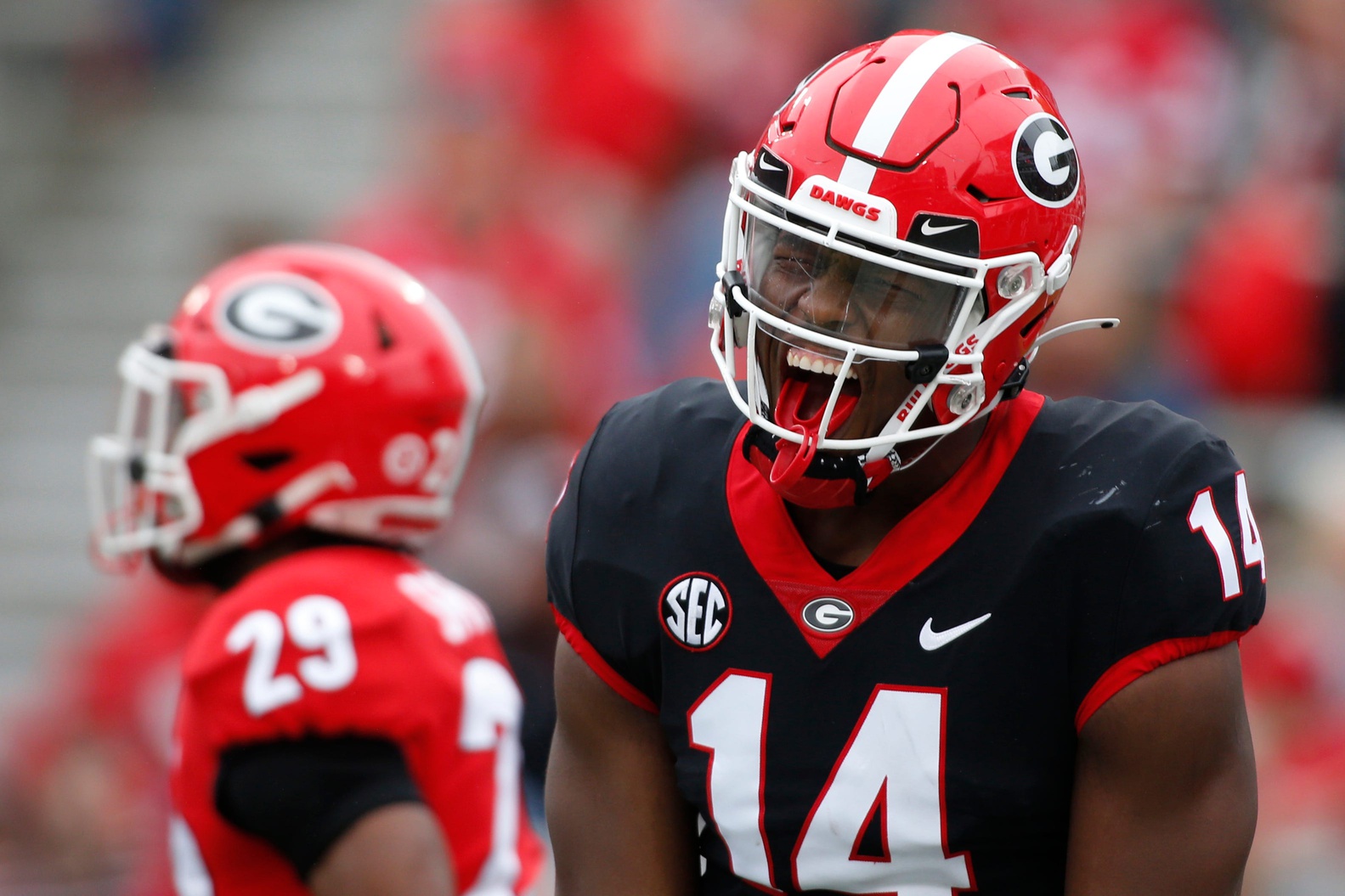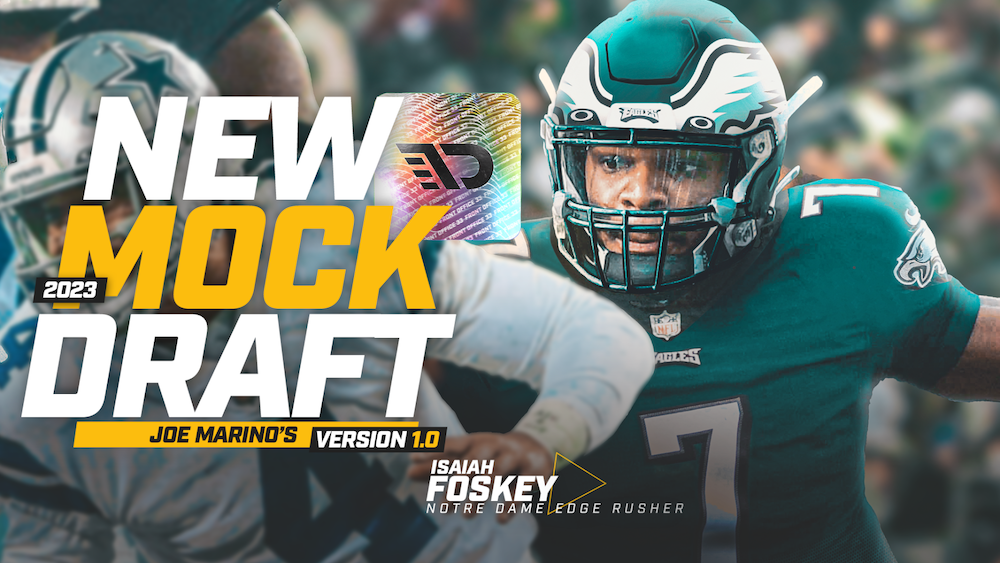Ever heard of Earl Thomas? Pretty much the paragon of free safety play over the last 10 years, anybody playing centerfield is hoping to look, just for a moment, like prime Seattle Seahawks-era Earl Thomas.
But Thomas was pretty foundational, not to the Seahawks defense, but to the Baltimore Ravens’ passing defense in 2019. With Thomas roaming the defensive backfield, defensive coordinator Don Martindale was legitimately unhinged, blitzing more often than not and demanding that Thomas account for unprecedented levels of space behind his man coverage.
https://twitter.com/BenjaminSolak/status/1396250578817220608
And that wasn’t just by playing centerfield, as he did for the Seattle Cover 3 defense during the heyday of the Legion of Boom. As Steven Ruiz of For The Win wrote on Thomas’ role for Baltimore back in 2019, Thomas was in a roving role in the middle of the field that allowed him to close down on intermediate crossers, blitz, and actually get involved in true coverage responsibilities behind certain pressure packages.
The Ravens’ defense saw a humongous jump in efficiency in 2019 when they started blitzing more and playing Thomas closer to the line of scrimmage. Then, Thomas and the Ravens had a massive blow-up in the 2020 offseason and he was released from the team with a grievance for an on-field fight with fellow safety Chuck Clark.
Enter DeShon Elliott, suddenly thrust into a starting role vacated by Earl freakin’ Thomas after his latest and greatest pro performance. As I wrote in previewing Elliott’s role in 2020, there was no way he’d be able to replace Thomas—he’d have to hope to be good in his own right.
That’s exactly what happened. Elliott simply does not play with the same range and coverage instincts that Thomas does, which took some of the gas out of the Ravens’ blitz packages. They also got flat better at rushing the passer—Matt Judon had a good year; Tyus Bowser emerged; Yannick Ngakoue and Calais Campbell joined the team—but their blitz rate dropped more than 10% to 44.1%—still league-leading, but no longer totally insane. They needed more numbers in coverage.
The change in Thomas’ snap distributions also started flowing the opposite way. Thomas’ snaps started heavily with traditional free safety alignments and eventually incorporated more box and line of scrimmage snaps; Elliott’s snaps initially were distributed, and eventually began narrowing into a traditional free safety usage.
That’s not to say Elliott was bad in the box—he wasn’t. Elliott’s an effective run defender in that he plays with physicality, has decent size, and is willing and able to lay the wood and break down for space tackles. When the Ravens play with their two-high shells and let Elliott and Clark play like quarters safeties, you really see the potential Elliott has here as a run defender.
https://youtu.be/Z0SclmNL-sc
But he simply isn’t the same coverage player that Thomas was—or a particularly impactful coverage player at all. He can stick with some tight ends and is able to generate pass breakups with his hitting ability, but generally is left in deep zone responsibilities and protected from slot play. This dropoff is reflected in the drop in defensive efficacy for the Ravens defense this past year.
After leading the league in DVOA following their bye in 2017, they floated around as a fringe top-10 team all year despite having a better defensive line, a likely push in the linebacking corps, and the same cornerback room. The big change was Elliott. He had to think more than just react, which left him late to plays Thomas might get to; he couldn’t handle speed when tasked with man coverage from depth, allowing big separation for explosives. These aren’t easy plays to make, but they’re plays that Thomas does give you a chance to make. Those are high-leverage swings.
https://youtu.be/hJKI9-RJABk
But the Ravens didn’t make a change at safety this offseason to account for Elliott’s play. They had their choice of any safety in the draft in the first round, and passed on every one; and they’d pass on every safety at every draft pick for the rest of the draft, adding only UDFA Ar’Darius Washington. The only potential free safety is ex-UCLA RB, ex-SMU CB Brandon Stephens—you heard me right. The Ravens drafted him in the third round and GM Eric DeCosta said: “He’s primarily been a corner with some safety play this past year, but he really fits the profile of a free safety-type of player,” DeCosta said. “The thing I like about him when I watch him is with his background as a running back, he really does like contact. He comes up, he’s physical. He’ll force the issue, and he can close the gap very quickly.”
You know who that sounds like? DeShon Elliott. Only Stephens is a lot faster and more explosive.
I don’t think the Ravens legitimately think they can play a Day 2 positional switch player as their starting free safety—or that they’re ever going to get Thomas-like instincts out of him. So Elliott will remain the starting deep safety, and likely the Ravens’ passing defense will remain only strong, not elite.
In a contract year, another strong season of Elliott likely demands a contract extension from the Ravens, at a moderate price tag—and appropriately so. He’s a great return on a sixth-round pick and fits the Ravens’ philosophy on defense. But I’m not sold that he can be their deep safety of the future, especially if free safety is the last remaining position of impact left unfilled on the Ravens’ defense.
Filed In
Related Articles
NFL Draft
Arik Gilbert Doesn’t Need Big Workload To Be A Top NFL Draft Pick
- Aug 22, 2022
NFL Draft
2023 NFL Mock Draft: Marino 1.0
- Aug 22, 2022
Written By
